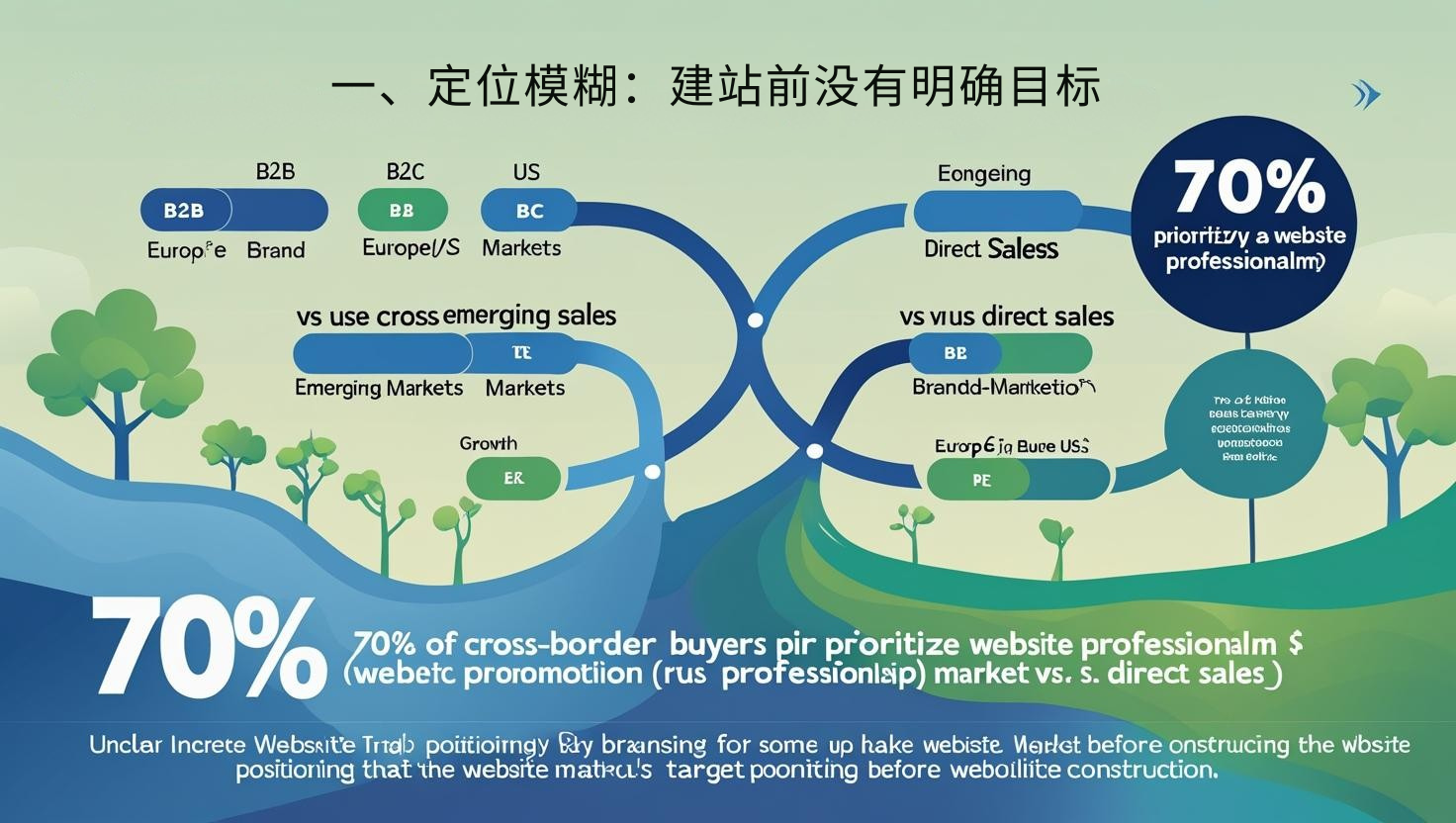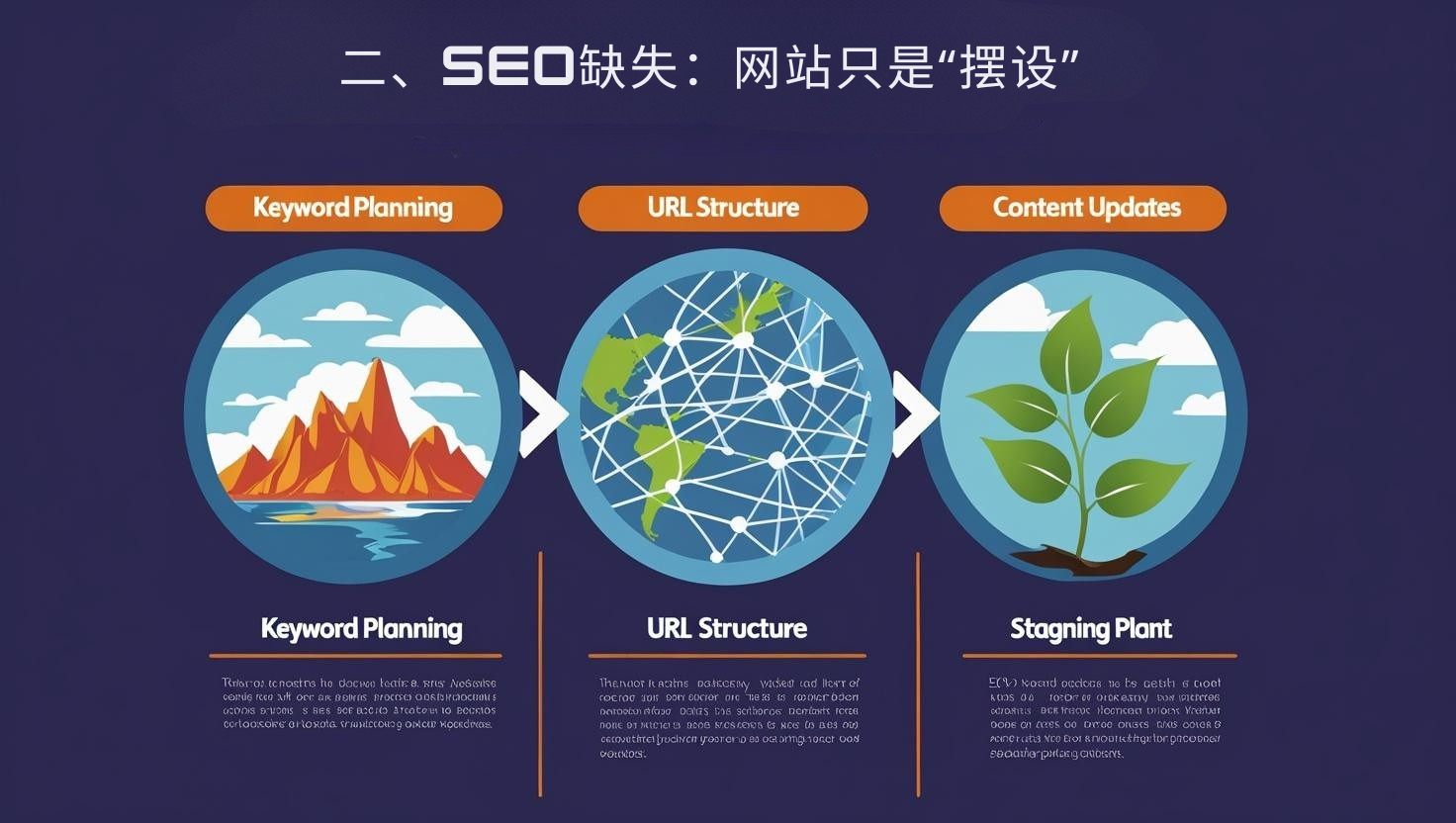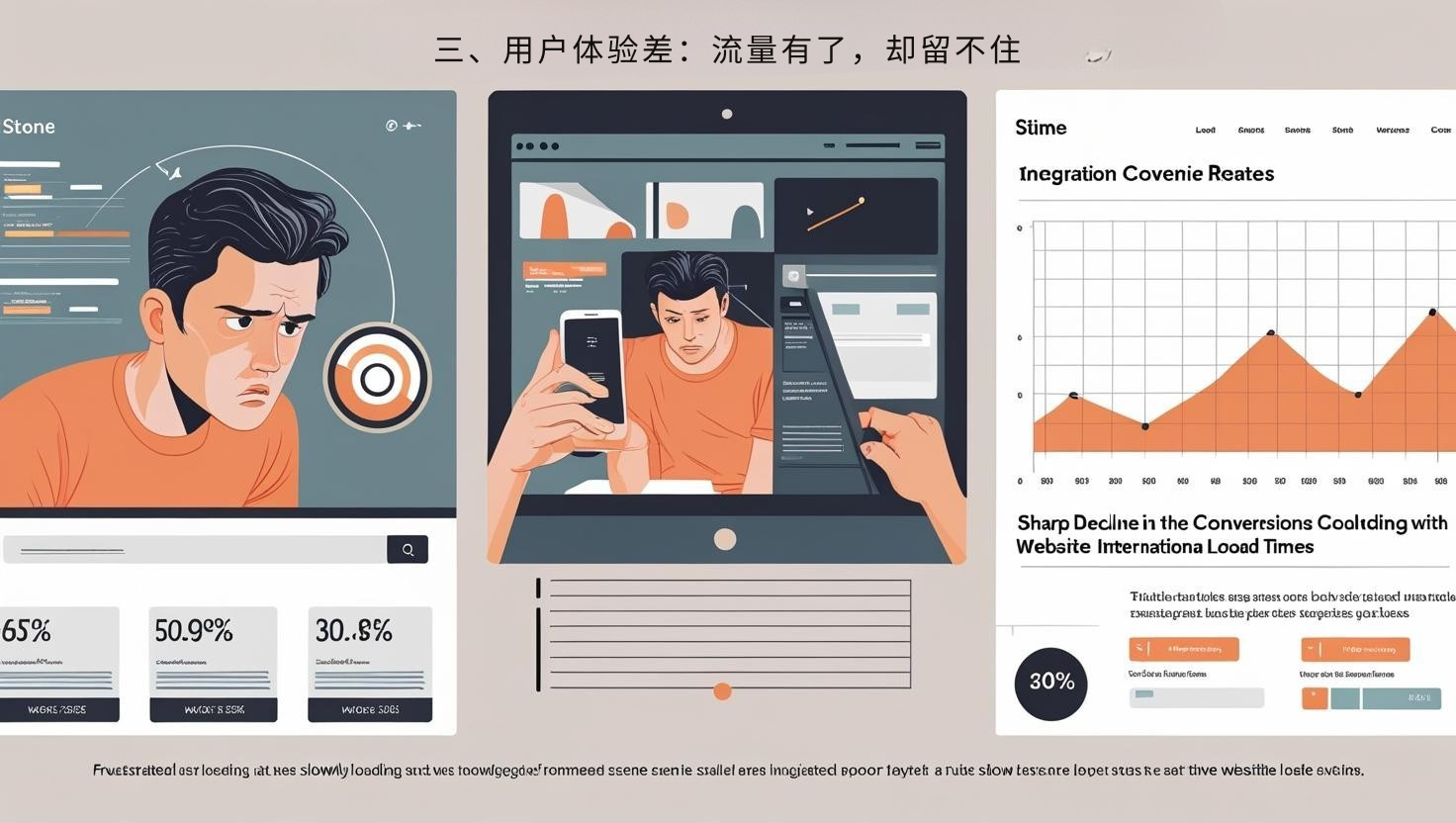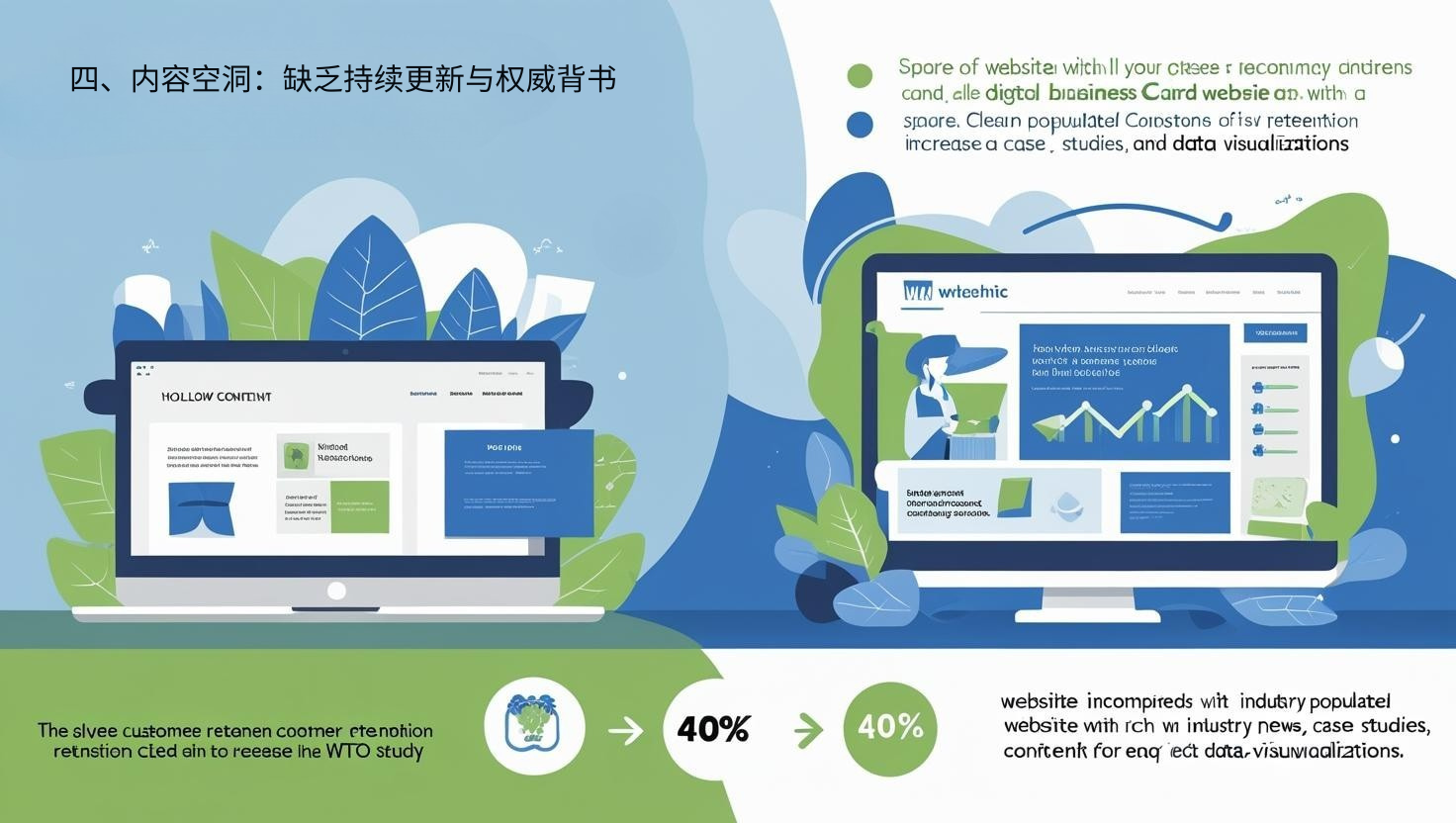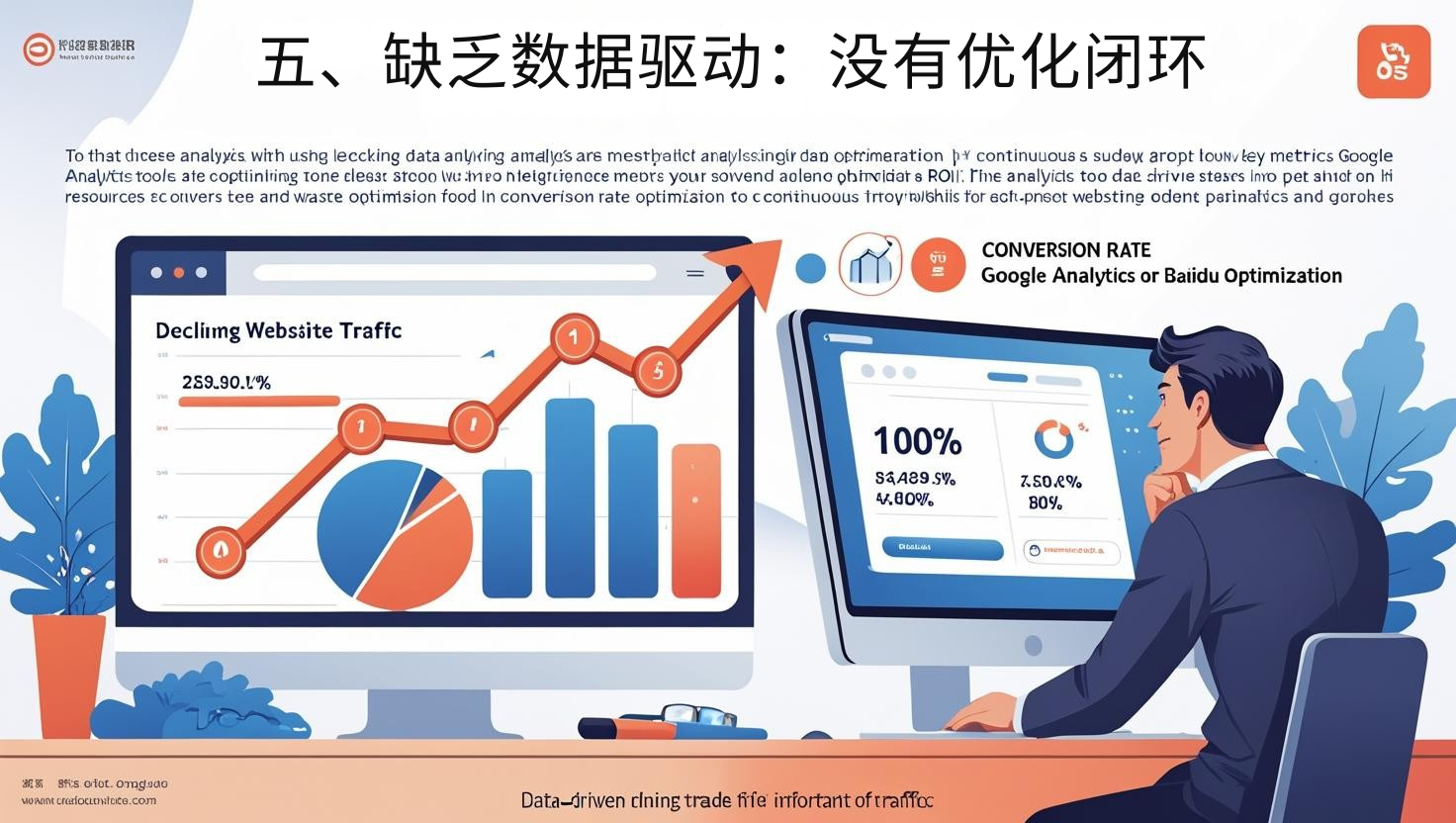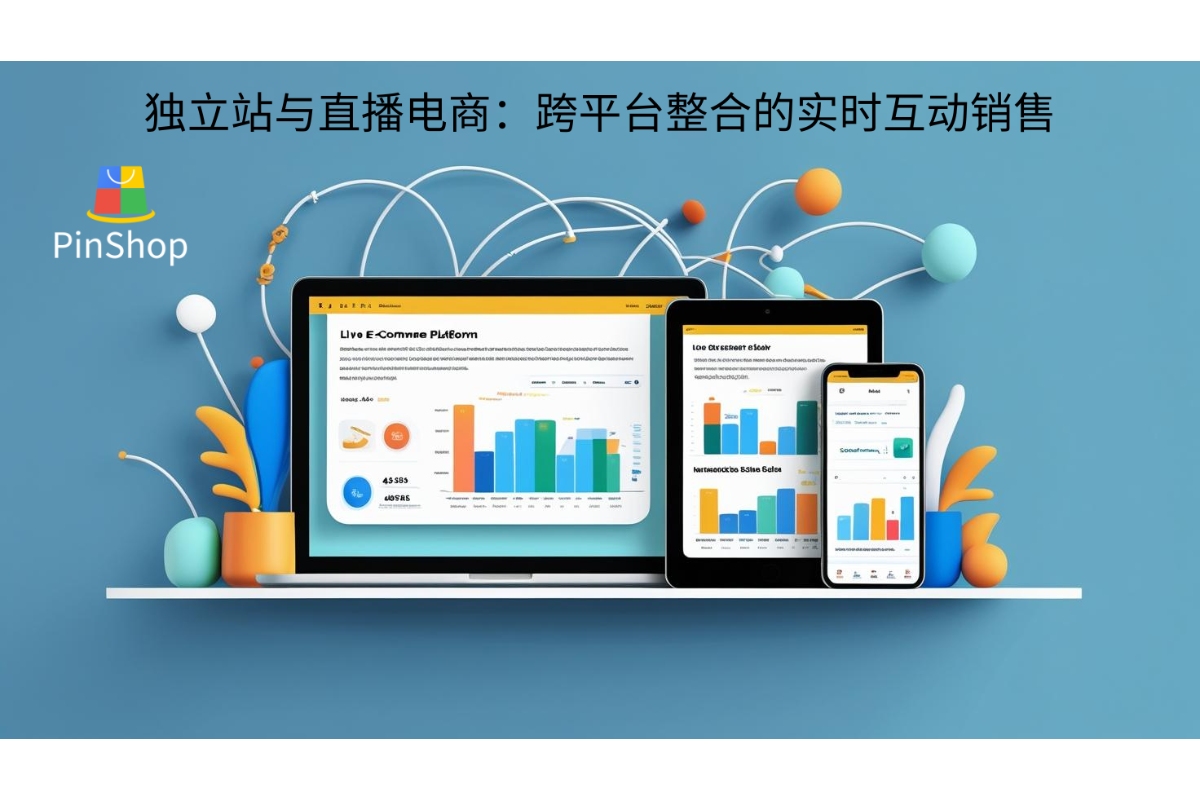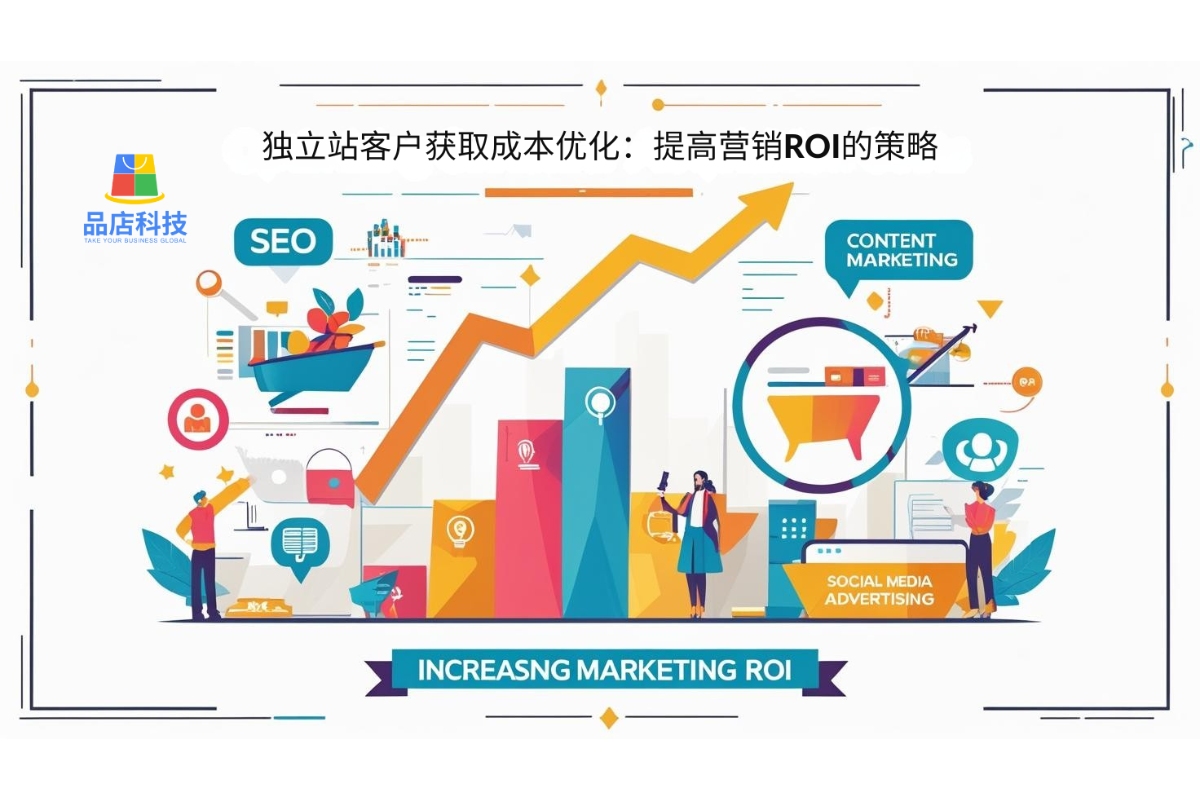1. Ambiguous positioning: No clear goals before building the website
The root cause of many foreign trade website building failures is that the website positioning is not clearly defined at the beginning:
Is it for brand display or for direct customer acquisition?
Is it aimed at large B2B customers or the B2C retail market?
Is the target market concentrated in Europe and the United States, or emerging markets?
Research by Statista shows that over 70% of cross-border buyers prioritize a website's professionalism and relevance when selecting suppliers. If a website's positioning is unclear and its content doesn't align with user expectations, customers will naturally avoid leaving inquiries.
Tips for avoiding pitfalls : Before building a website, clarify your target market and customer groups, and use this as the starting point for content and structure design.
2. Lack of SEO: The website is just a “decoration”
Many companies have spent hundreds of thousands of dollars on building websites for foreign trade, but have neglected SEO optimization. As a result, the website has been online for many years but still has no ranking or traffic.
There is no keyword layout, which makes it impossible for target customers to search.
The URL structure is chaotic, which affects search engine crawling.
Content updates have stagnated and have not been included for a long time.
Google Search Central points out that keyword optimization, website structure, and continuous content updates are the three pillars of organic traffic growth. Ignoring SEO when building a foreign trade website is like opening a store on a deserted island.
Tips for avoiding pitfalls : Embed SEO thinking from the beginning of website construction, produce content regularly, and gradually improve natural rankings.
3. Poor user experience: traffic is there, but it can’t be retained
Some foreign trade websites can bring in traffic, but the bounce rate is high and the conversion rate is low. The main reasons include:
The loading speed is slow and visitors leave in seconds.
The mobile terminal is poorly adapted and a large number of overseas users cannot browse normally.
The page layout is confusing and the core products and contact information are difficult to find.
Research from the China Academy of Information and Communications Technology (CAICT) shows that for every one-second delay in website loading, conversion rates drop by an average of 7%. This shows that if you neglect user experience when building a website for foreign trade, even the most traffic will be fleeting.
Tips for avoiding pitfalls : Optimize loading speed, ensure mobile experience, and highlight key information entrances.
4. Hollow Content: Lack of Continuous Updates and Authoritative Endorsement
Many companies only upload their product catalogs after building their websites, and rarely update them afterwards, eventually turning them into "digital business cards."
Without industry information and cases, it is impossible to demonstrate professionalism.
Without authoritative data references, it is difficult to build customer trust.
A study by the World Trade Organization (WTO) indicates that cross-border e-commerce websites that incorporate authoritative data and case studies see an average 40% increase in customer retention time. This demonstrates the dual value of high-quality content for both SEO and customer trust.
Tips for avoiding pitfalls : Regularly update industry trends, application scenarios and customer cases to enhance the authority and attractiveness of the website.
5. Lack of data-driven: No closed-loop optimization
Many foreign trade companies pay little attention to data after launching their independent websites.
Without tracking the source of traffic, it is unclear where the customers come from.
Without analyzing bounce rate and conversion rate, it is impossible to determine where the problem lies.
Failure to adjust optimization strategies based on data feedback.
The result is: after building the website, the company falls into the misunderstanding that "it is useless".
Tips for avoiding pitfalls : Use Google Analytics or Baidu Statistics to regularly analyze visitor behavior, and use the data to continuously optimize pages and content.
Recommended related articles: Foreign trade customer acquisition software + independent website: traffic conversion golden combination
Pitfalls to Avoid: Five Keys to Successful Website Development
Clarify website positioning and target market.
SEO optimization is embedded from the beginning of website construction.
Optimize user experience, especially speed and mobile adaptation.
Continuously produce high-quality content, combining authoritative data and cases.
Establish a data-driven optimization closed loop.
Only by avoiding these five traps can foreign trade website building truly become a long-term traffic engine for the enterprise.
Building a website for international trade isn't a one-time project; it's a process of continuous optimization and operation. Why do 90% of international trade website builds fail? The root cause lies in neglecting positioning, SEO, user experience, content, and data. Companies that avoid these pitfalls will truly benefit from the low-cost, high-quality organic traffic and customer retention that independent websites bring.
👉 If you're looking to quickly build a website for international trade with SEO optimization, multilingual support, automated content updates, and intelligent customer service , we recommend trying Pinshop . It can help business owners and international trade decision-makers avoid failure traps and turn their websites into true engines for customer acquisition and growth.

